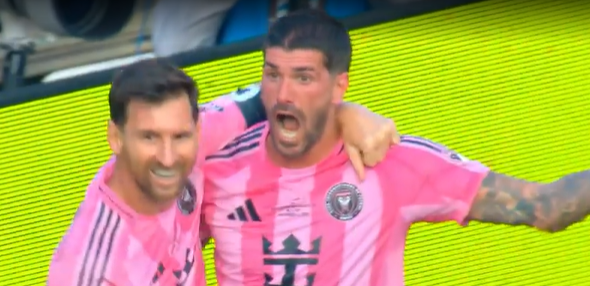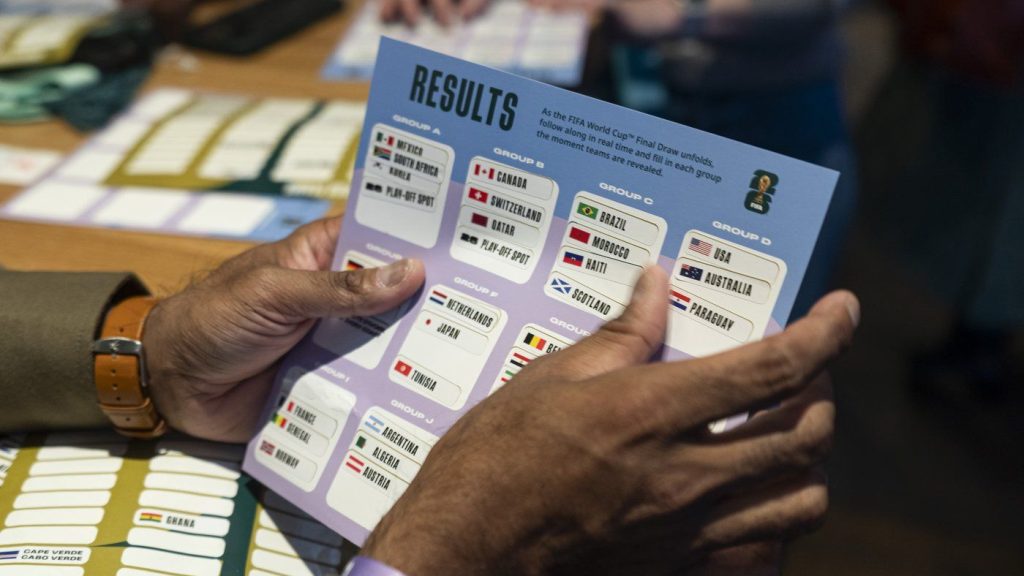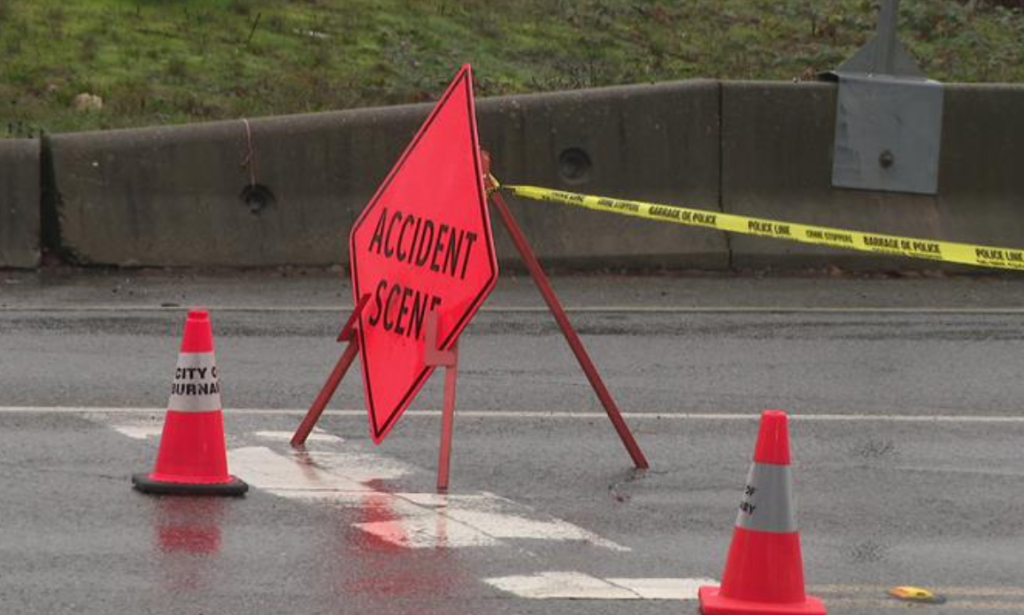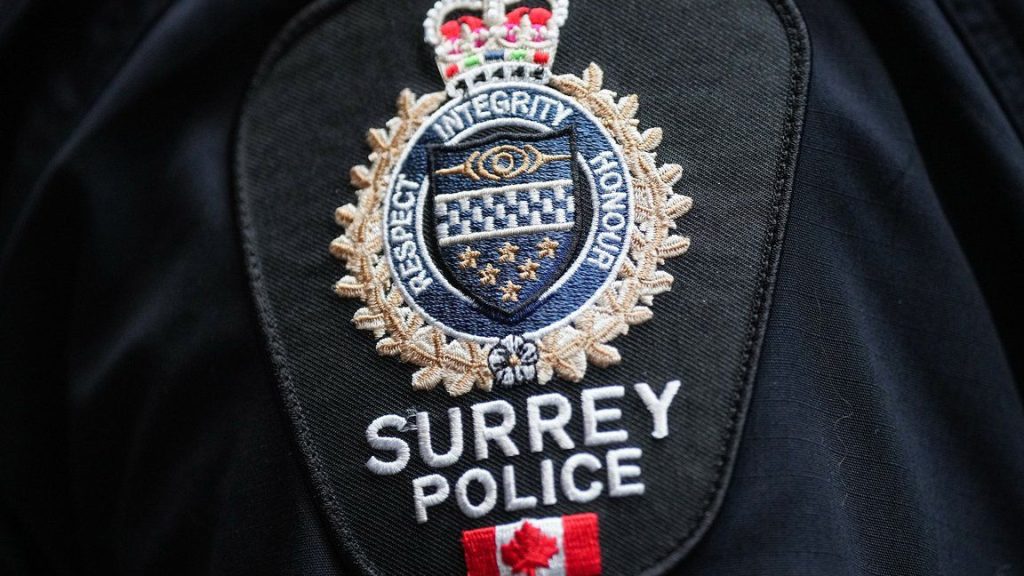Vancouver’s ‘Slow Streets’ barriers becoming permanent

Posted January 31, 2023 9:02 pm.
Last Updated January 31, 2023 10:25 pm.
The Vancouver initiative that started during the pandemic to make it easier for people to move into their neighbourhood, is here to stay. The city’s slow streets program is seeing orange, plastic barriers replaced with permanent ones.
Katherine Glowasz, branch manager of Community Transportation for the City of Vancouver says the barriers actually provide a financial benefit to the city, on top of their safety benefits.
“These concrete barriers will lower maintenance costs as well as provide vehicle circulation for local access as well as provide a gateway treatment, so when someone is driving off of a busier, faster street, they know as they turn onto a local street, to slow down and watch for people that are walking, cycling, and rolling,” said Glowasz. “This is kind of a new traffic calming tool, in our toolbox, so to speak.”
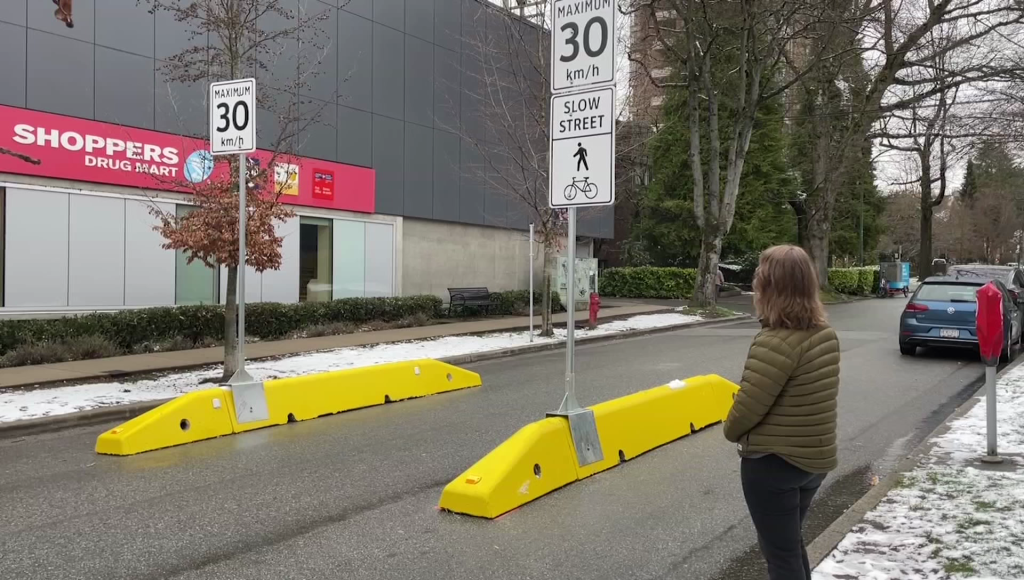
A slow street sign and concrete barriers in Vancouver on Tuesday January 31st, 2023. (Monika Gul, CityNews Image)
The city says it started installing the permanent barriers on Monday, including on Alder and 12th. It says these concreter barriers will be installed at 42 locations over the next few weeks. At locations where a permanent barrier can’t be installed, the city says signage will go up instead.
HUB Cycling’s Jeff Leigh says these barriers are a huge help to the cycling community’s safety.
“It sends a message to drivers that there’s a reason to slow down here. If they don’t see the speed limit sign, they don’t see people walking and cycling near the street, maybe they see the fact that the lanes a little bit narrower, it’s a good place to let up on the throttle and go a bit slower,” he explained.
Related articles:
-
Some Stanley Park bike lanes may not be removed
-
Nice-looking neighbourhoods could improve exercise levels: Global study
Leigh says the program has been successful in getting people moving and providing safer spaces, but its implementation hasn’t been. He says the plastic barriers were often moved by people and the permanent ones are long overdue.
“It’s far cheaper for the taxpayer, not to be out there moving them every day and we know from the tests that happened during the pandemic, that we actually did see reductions in vehicle speeds. So, the routes that they’re doing, this isn’t on every route within the city, these are on routes that we have known problems with vehicles speeding.
“There is, I think, the need for this type of program as we transition from a city that was I think dominated by the automobile into something that deals with much more sustainable modes of transportation and really taking advantage of that shift and understanding that the excess capacity of streets for cars now actually create an opportunity for creating streets for people,” added Andy Yan, director of Simon Fraser University’s City Program.

A slow street sign and concrete barriers in Vancouver on Tuesday January 31st, 2023. (Monika Gul, CityNews Image)
The city says it will cost $200,000 to install 42 permanent barriers along 40 kilometres of slow streets and require the removal of two to three parking spots at each location. Glowasz says staff will now monitor the program to see where it can be upgraded even further.
“When our neighborhood traffic management might work with a community that has some of these barriers in place, they might look at considering what are some opportunities to enhance, to upgrade as needed,” said Glowasz.
“We’d like to see it in more places but let’s start with getting these ones make more permanent and go from there,” said Leigh.
